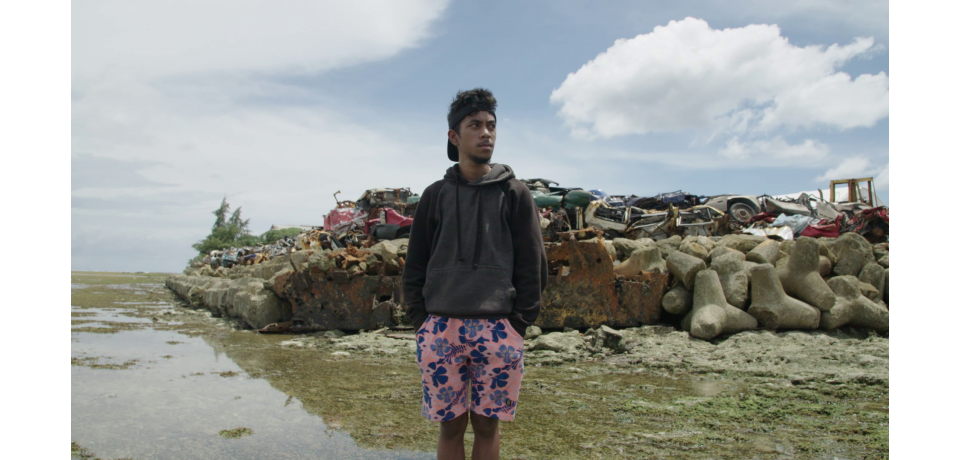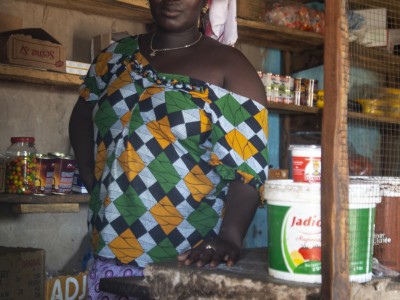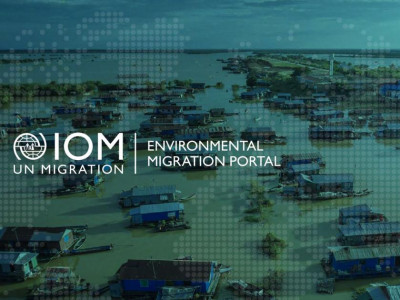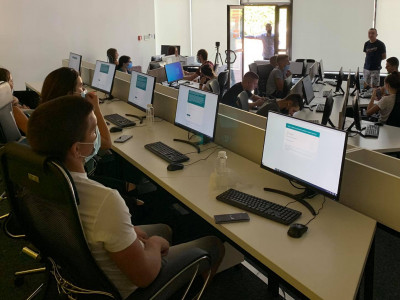Climate Adaptation, Disaster Risk Reduction, and Education Programme
Objectifs de Développement Durable Connexes et Objectifs du Pacte Mondial sur les Migrations
Résumé
For many of the Pacific islands, the threat of climate change is existential and strongly felt by many of those residing there. Migration can be a positive form of adaptation to cope with adverse effects such as sea-level rise but can also expose people to increased vulnerabilities.
Through education, communities can be empowered to independently cope with, and respond to, natural hazard induced disasters which are increasingly ascribed to climate change. Education is a method for better ensuring that adaptation and disaster risk reduction responses are well institutionalized and communicated at various levels.
The Climate Adaptation, Disaster Risk Reduction, and Education (CADRE) programme worked with local schools in the Federated States of Micronesia (FSM) and the Republic of the Marshall Islands (RMI) to build the resilience of vulnerable communities through education. It highlights how development programming to support climate change preparedness and adaptation can take human mobility considerations into account.
Objectif clé
The project is aimed at filling a gap of supporting climate change adaptation with taking human mobility into account in the education sector. It also aims to provide a space to improve communication on how the community can improve responses to disasters.
Principales activités
This project combined capacity building and awareness for students, teachers, and administrators of both climate change adaptation and disaster risk reduction. Its educational component also covered technical assessments of climate change impact.
In sum, the concrete measures taken to effectively integrate migration into education practices include:
- Supporting sustainable adaption and preparedness strategies and increasing the resilience of vulnerable schools and communities to climate change and natural hazards;
- Empowering schools and communities to independently cope with and respond to natural hazard induced disasters.
Principaux succès ou facteurs innovants, bonnes pratiques et enseignements tirés (si disponibles)
Climate curriculum and school emergency management planning and drills should be included in education programmes. Including knowledge on climate change, adaptation and disaster risk reduction into education programmes provides a way to streamline education materials and reduces duplication. Beyond streamlining, pairing education with community-owned climate adaptation/mitigation interventions has been proven to be an effective way to build climate and disaster resilience in communities. Continuous teacher training and community capacity building should complement these efforts.
Bénéficiaires
Students, teachers, and local administrators in the FSM and the RMI.



